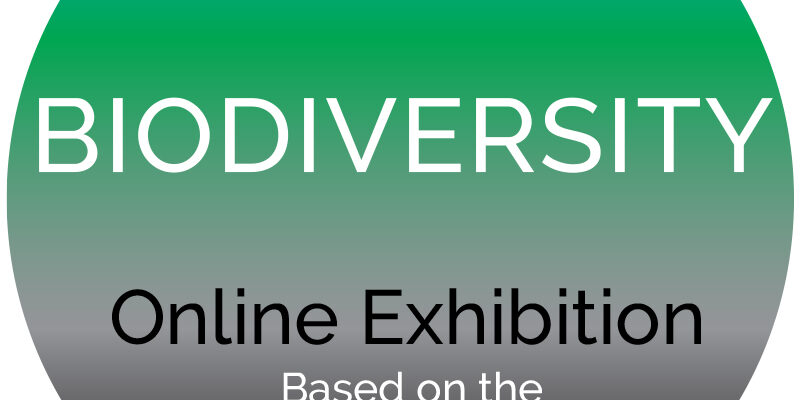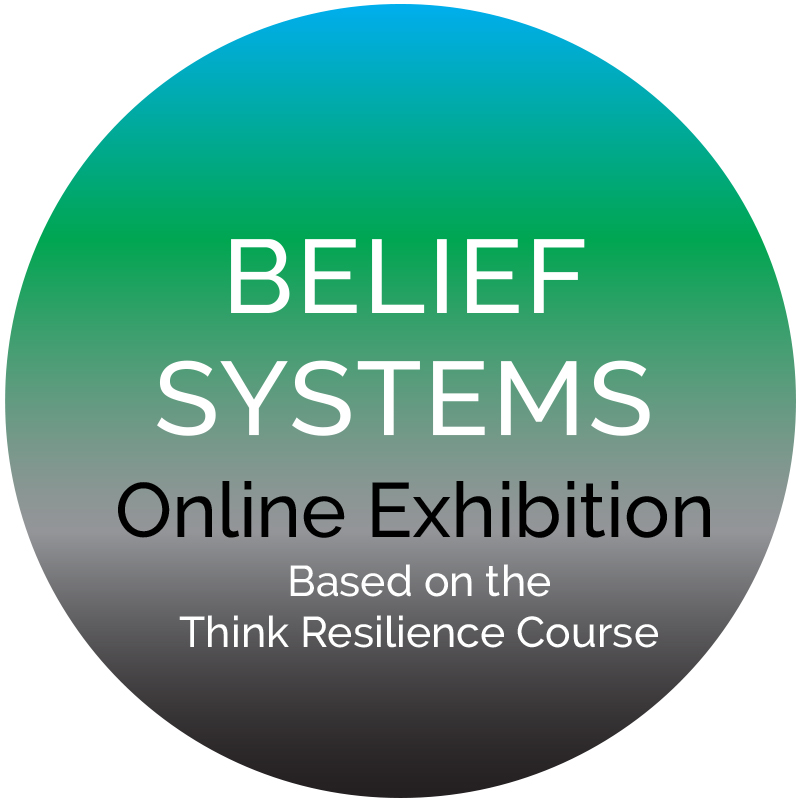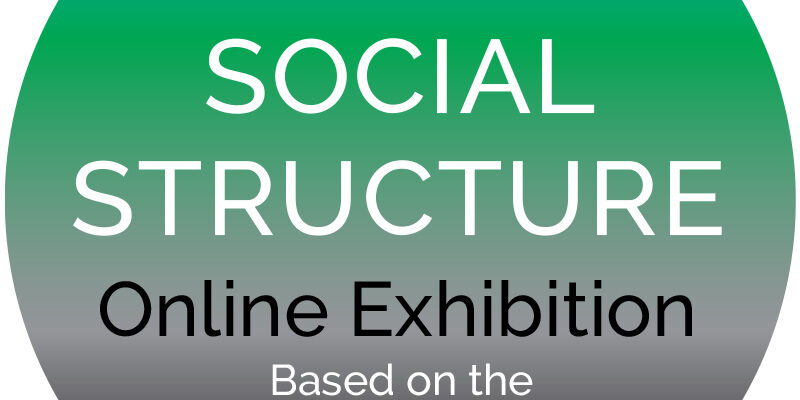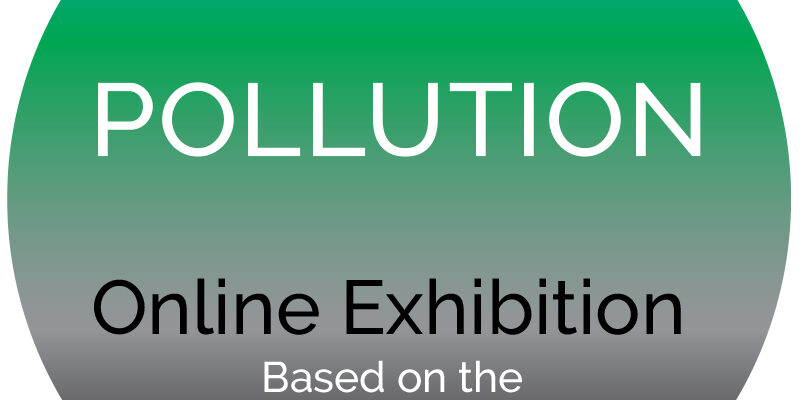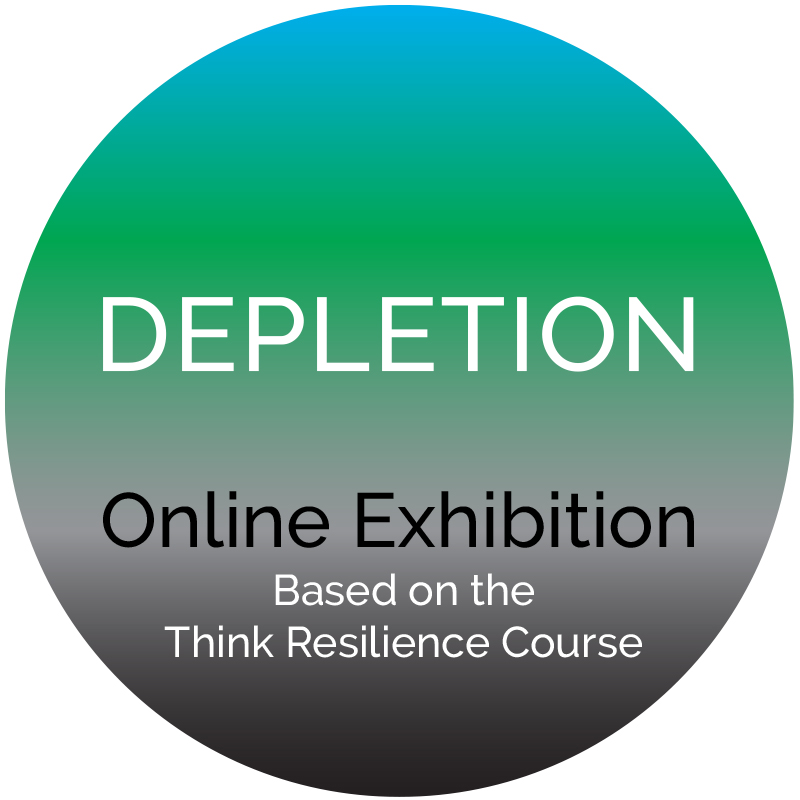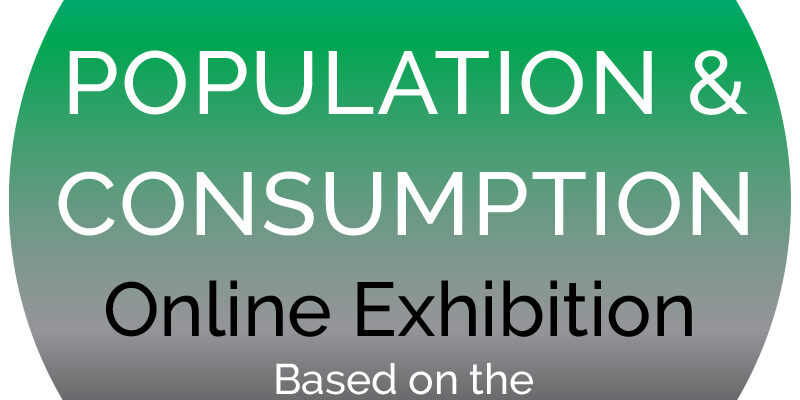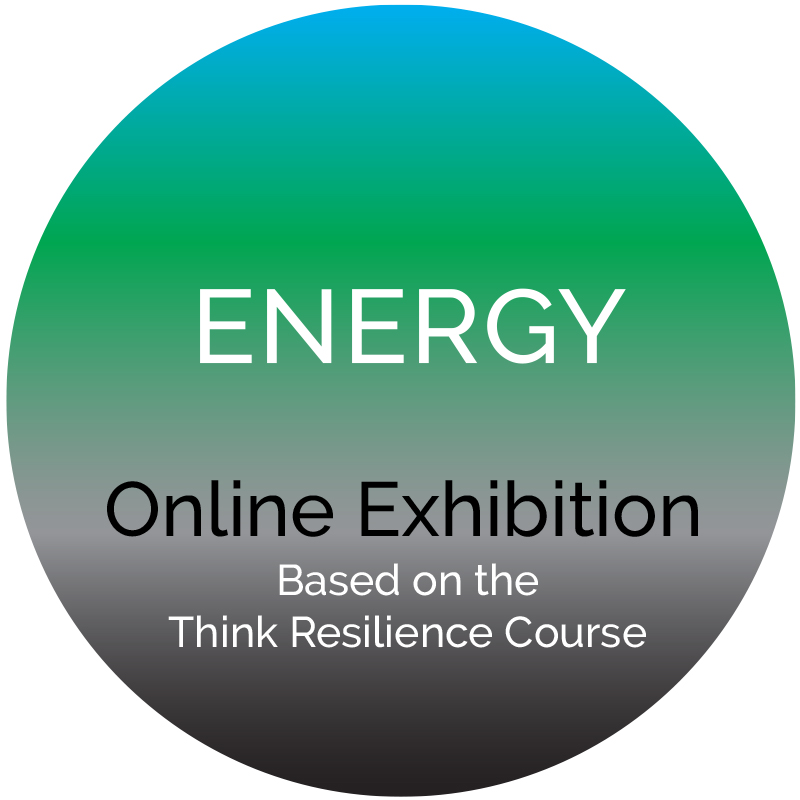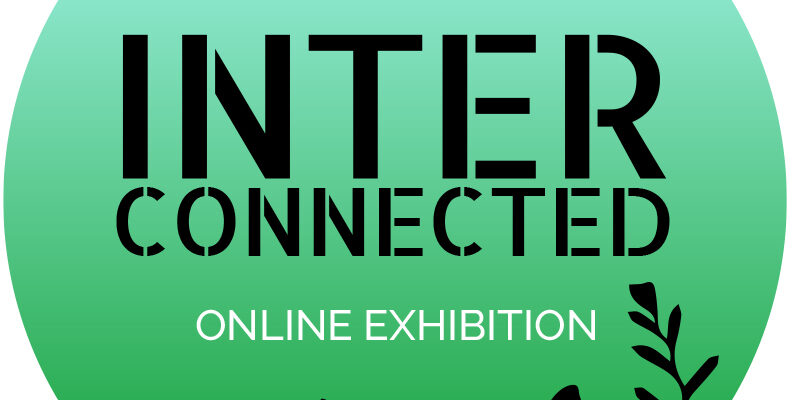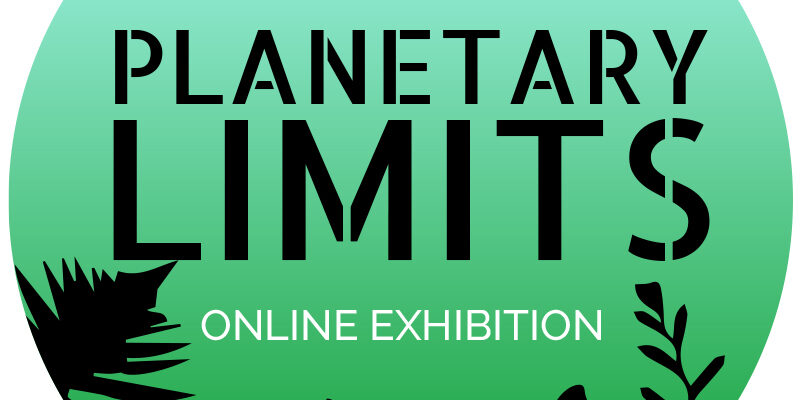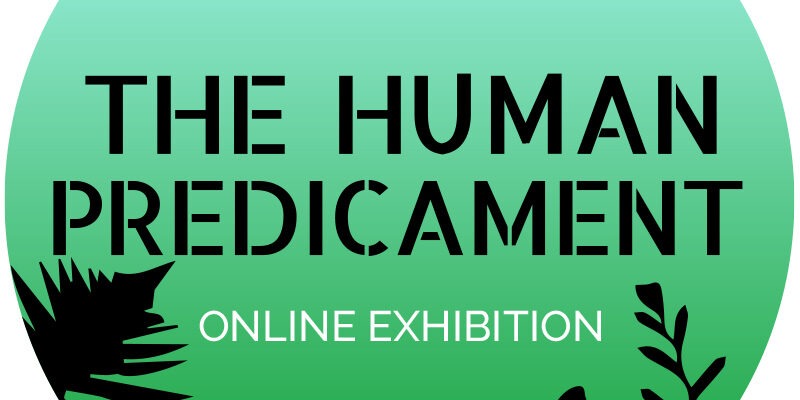This is the 7th What’s Next for Earth online exhibition based on Think Resilience,
a free online course by the Post Carbon Institute.
“Most people are accustomed to thinking of the world only as it relates to human wishes and needs.
After all, the vast majority of our attention is taken up with politics, the economy, family,
entertainment—human interests.
It’s become all too easy to forget that nature even exists—as our communities have grown more and more urbanized, and the processes of growing food, making clothes and buildings, and producing energy are handled in large industrial operations far from view.
There are millions of kids in North America who’ve never seen the stars at night, visited a national park,
or picked a wild blackberry. […]”
– Richard Heinberg, an excerpt of the Think Resilience free Online Course, lesson 8: “Biodiversity”.
